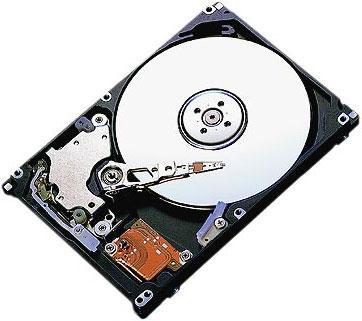Introduction
WHAT IS COMPUTER HARDWARE SERVICING ?
Computer hardware servicing is a blanket term applied to the act of supporting and maintaining computer hardware. This includes diagnosing computer hardware issues, upgrading hardware on a computer and repairing computer hardware.

Computer
• Computers are made of electronic parts called components. Each component has a specific function. They all work together when a computer is operated.
Task
Processor (CPU)
•The Central Processing Unit (CPU), also called a processor, is like the brain of the computer. It executes instructions in response to commands.
•A processor’s speed is measured in Megahertz (MHZ), or Gigahertz (GHZ). Higher the hertz, the faster the process in of instructions.
•The CPU is generally a 2 inch ceramic square with a silicon chip located inside.

Main Memory
•The more RAM a computer has, the more things a computer can access at the same time. So more the RAM, the faster a computer performs tasks

Secondary Storage
•Secondary storage is where the information is stored permanently till explicitly deleted. Information is moved between main memory and secondary memory as and when needed.
•On power off of a computer, data on hard disk and other secondary storage devices is not erased.

•The hard disk drive is the data center of the computer. Operating system, software, content (created and saved by users) are stored here until explicate deleted.
•CD/DVD and pen drive are removable storage devices. These can be used to backup important data and information.
Input/output (I/O) devices
•An input device converts data and instructions entered using the device into a pattern of electrical signals. These signals correspond to binary code that can be processed by a digital computer.
•An output device reverses the process, translating the digitized signals into a form intelligible to the user.
Connection Ports
•A port is an interface between the computer and other computers or peripheral devices. It provides a signal transfer between devices.
•Some common ports:
§PS/2 Port
§Ethernet Port
§Audio In/Audio Out
§VGA Port
§USB Port
PS/2 Ports

Ethernet Ports
/about/152096934-56a1ad743df78cf7726cfafe.jpg)
Audio In/Out Ports

Process
Networking Fundamentals
Understand local area networks (LANs)
- Local Area Networks
- Data Transfer on a LAN
- Types of Local Area Networks
Local Area Network
What is a network?
•A network is two devices connected to each other with a physical medium, such as wires or radio signals
•The connection allows those two devices to exchange data
What is the purpose of network?
•Networks enhance many aspects of life and business for individuals and organizations including:
-Communication and collaboration
-Sharing information and resources
-Organizing data
-Saving costs
How are networks organized?
•Networks are organized based on their geographic location
•A Local Area Network, or LAN, is a group of computers or devices that:
- are confined to a small geographic area,
such as a single building
- share a common communication medium, such as cabled or wireless connection
- are connected to a central connecting device, like a hub, switch or router
Evaluation
Give the following names of the different parts of the computer system.
